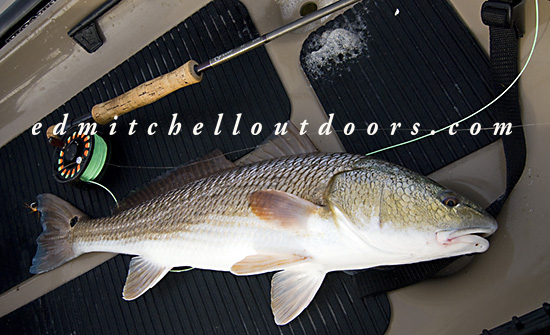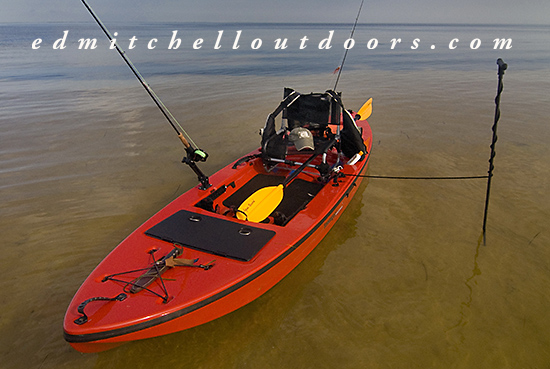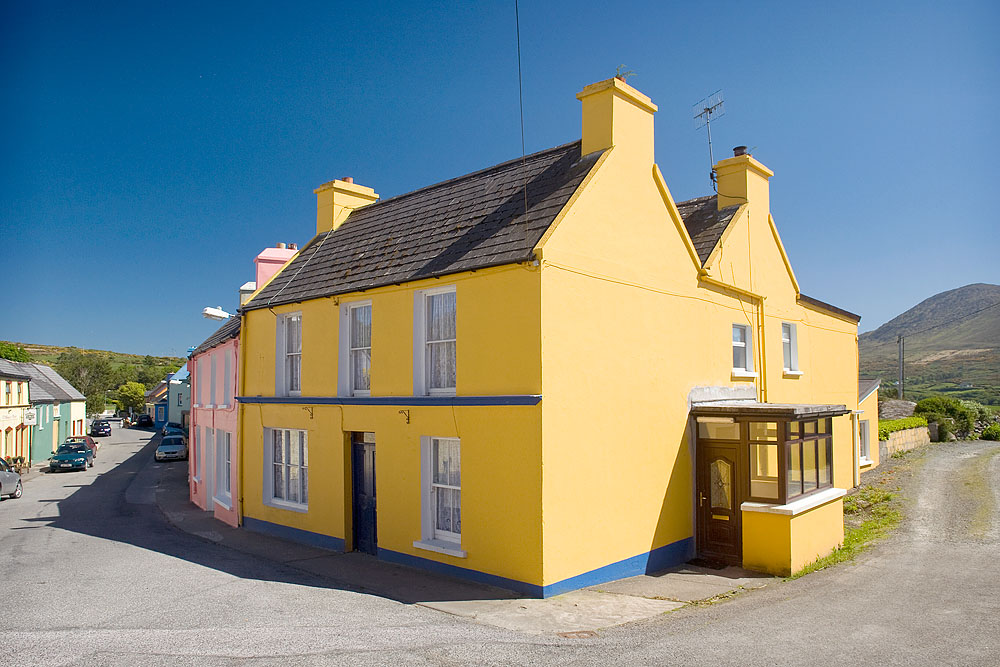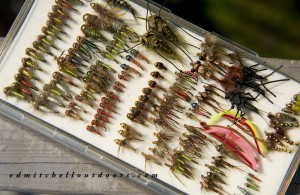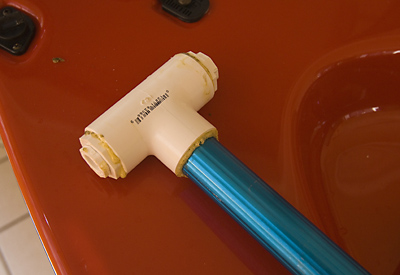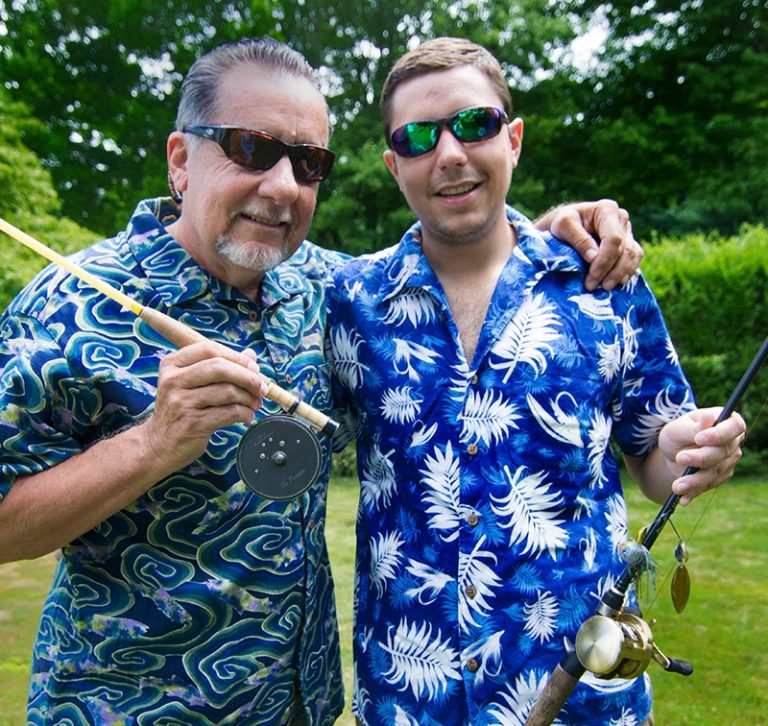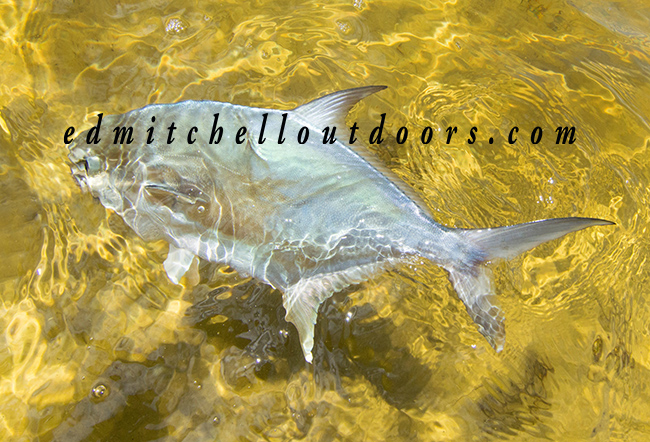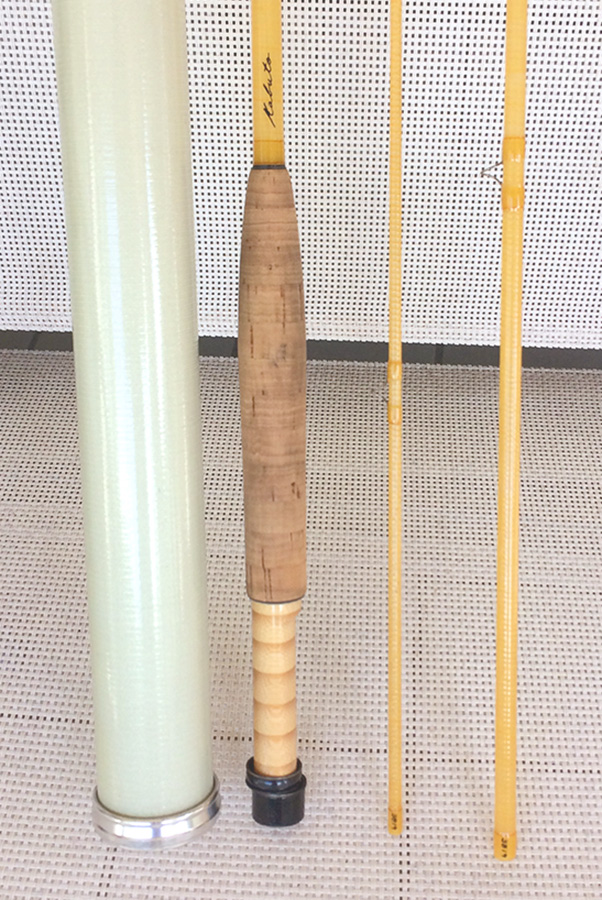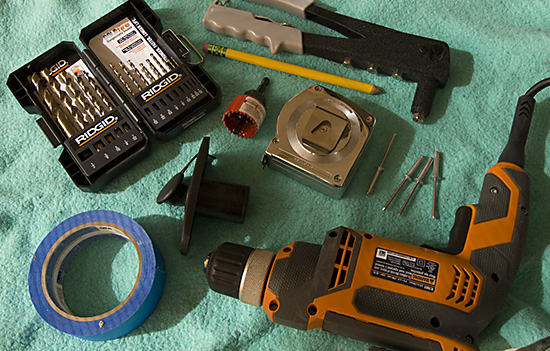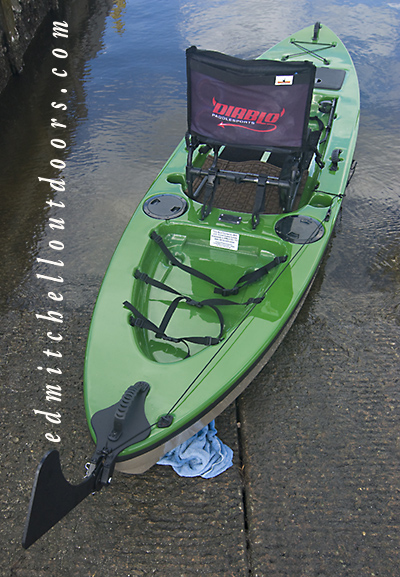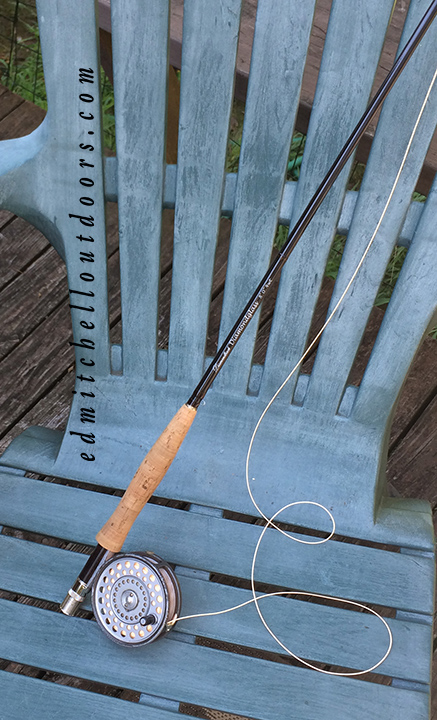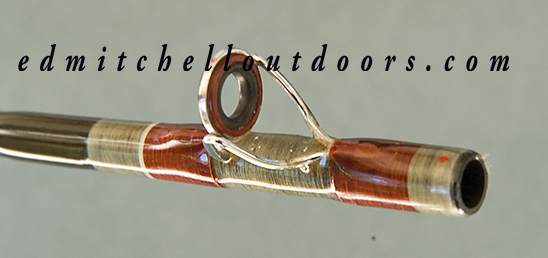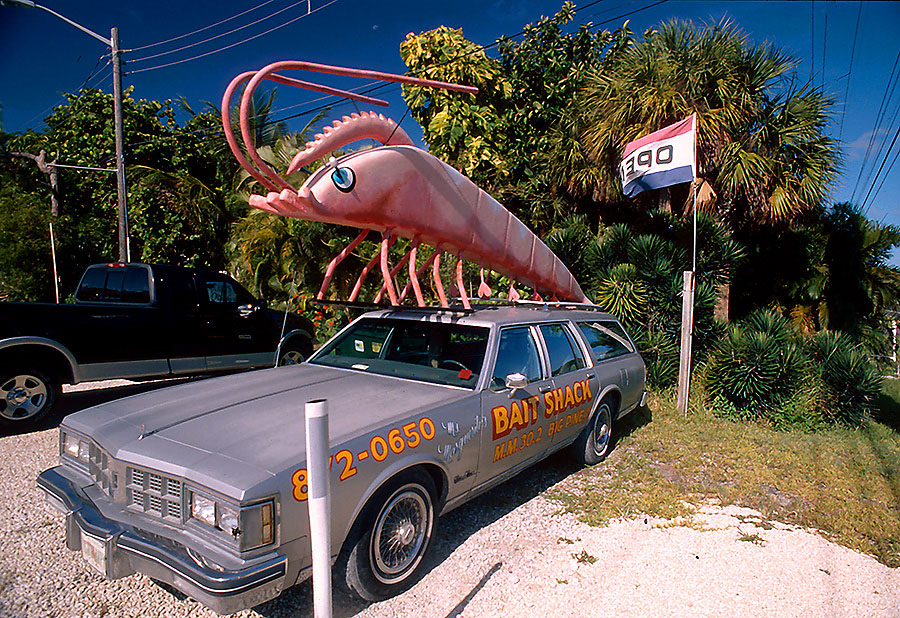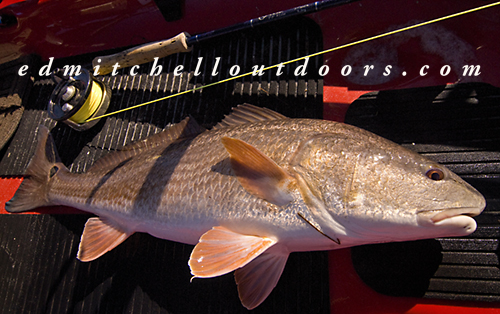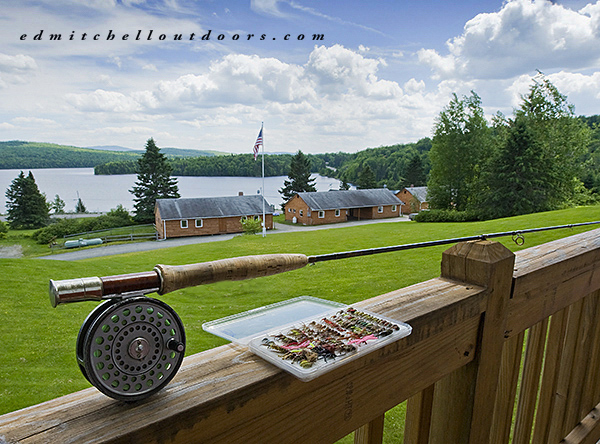Thoughts on Matching Green Caddis Pupae
In the previous post we took a quick look at “anchor” flies used in “Euro” nymphing. And I mentioned that perhaps the most productive “anchor” flies is the green caddis pupae. Green caddis pupae (Rhyacophilidae) are found pretty much everywhere across the country. And are very easy to match with a fly. Lets get started.
Here’s an excellent green caddis pupae “anchor” fly. It is a Rock Candy tied by noted fly tyer Richard Stolis. It has both a lead wire underbody and a tungsten bead. A very heavy and very effective fly, which I purchased directly from him.
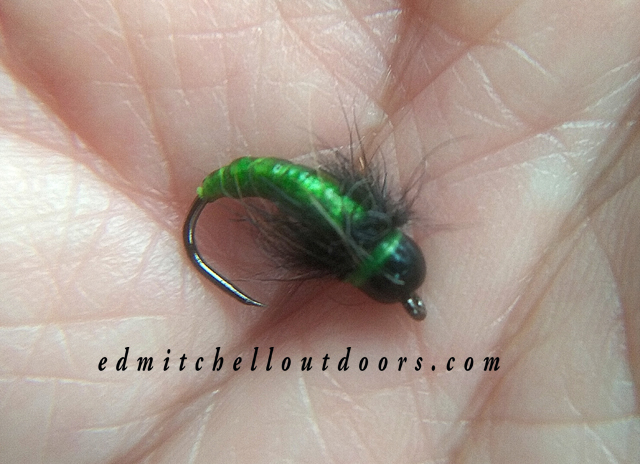
Rock Candy by Rich Stolis
Size-wise Rhyacophilidae pupae are about 1/2″ to 3/4″ in length, varying in color from light green to olive green, with darker shades being a bit more common. There are a slew of pupae shaped hooks on the market. One of most popular is the Tiemco 2487; I’ve used it successfully for years. It is a light wire hook, however. Fine in shallow runs, but for general use as an “anchor” fly should be heavily weighted. Tungsten beads are the way to go.
Given that “anchor” flies sink deep, they can snag on the bottom. It happens. To lessen this problem, many anglers now prefer “anchor” flies tied on jig hooks. Riding hook point up, they are less apt to snag, which means you lose fewer flies. A major bonus. Appropriate jig hook offerings fare available from Daiichi, Hanak, Mustad, Partridge, Umpqua, Wapsi, and beyond. Waspi also sells a special leaded body jig hook for Czech nymphs. It is JHCN. Perhaps in the next post we’ll take a look at it.
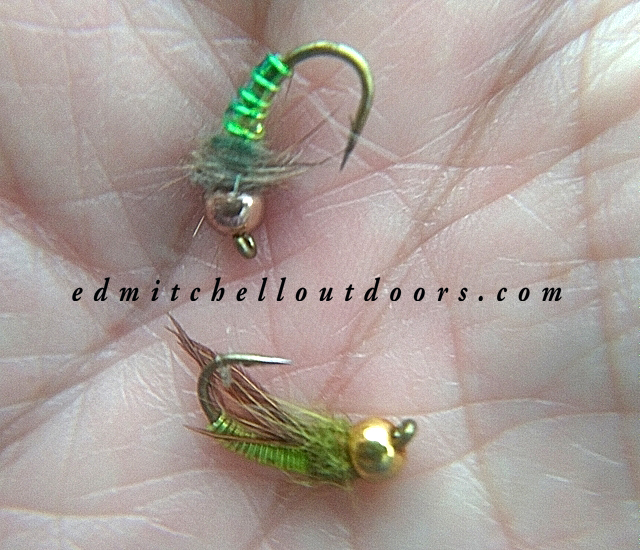
Green Caddis Pupae -with Tungsten bead
The body of your fly can quickly be made in many ways – chenille, floss, natural dubbing, Antron dubbing, thin plastic tubing, vinyl ribbing, latex strips…..etc. Below is one I tied with green flash material, and one with green copper wire. Both are on size 10 hooks with tungsten beads.
Important Tip: Green caddis pupae become most active in spring through early summer. They are found primarily in fast, broken water, however. So be sure to concentrate your angling efforts there!



